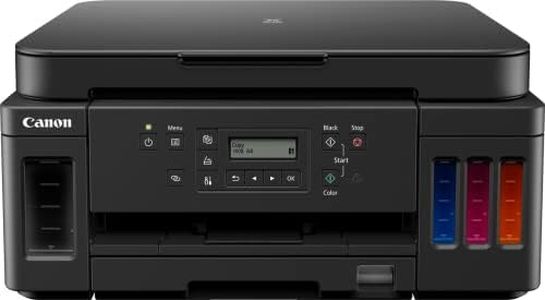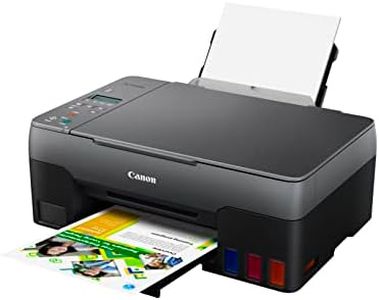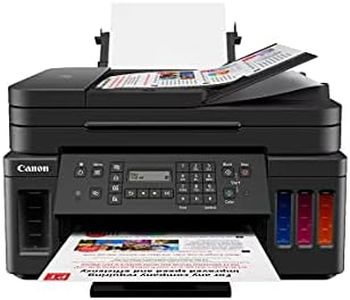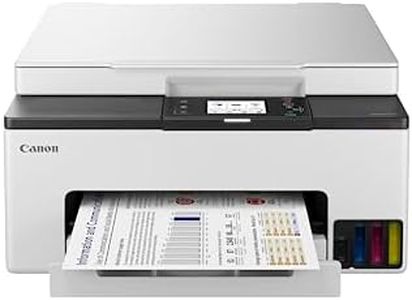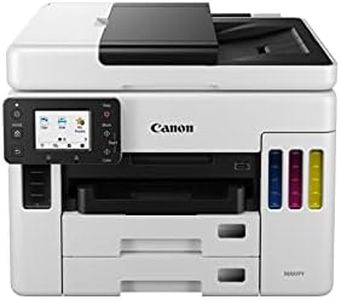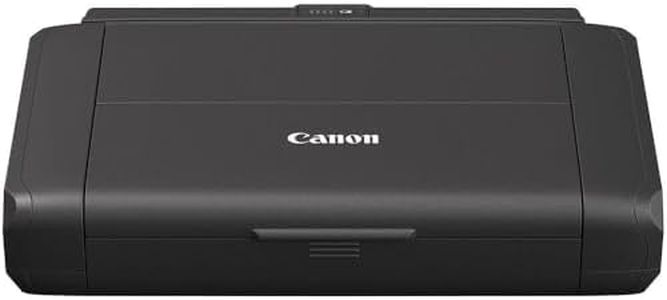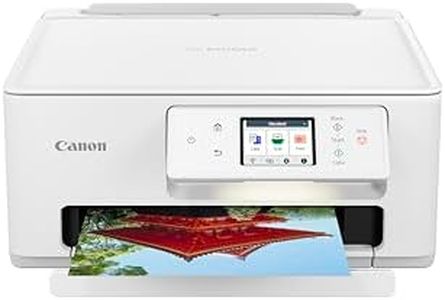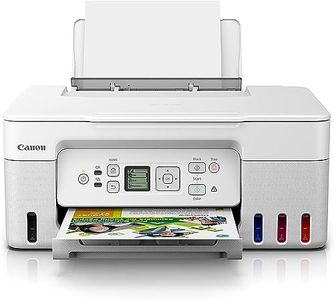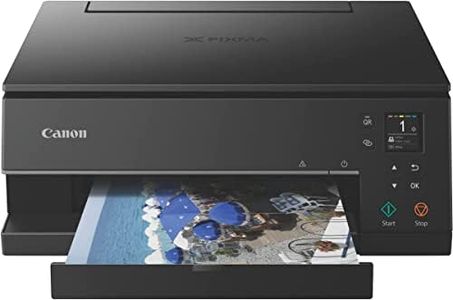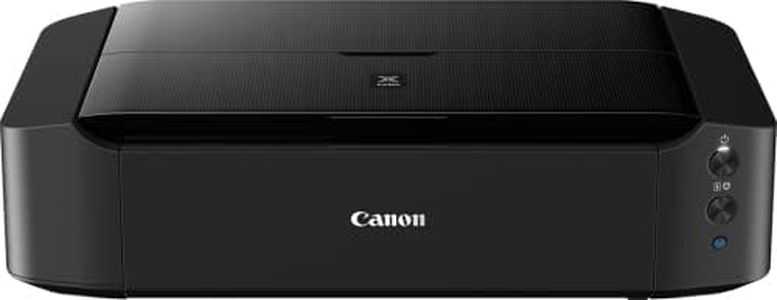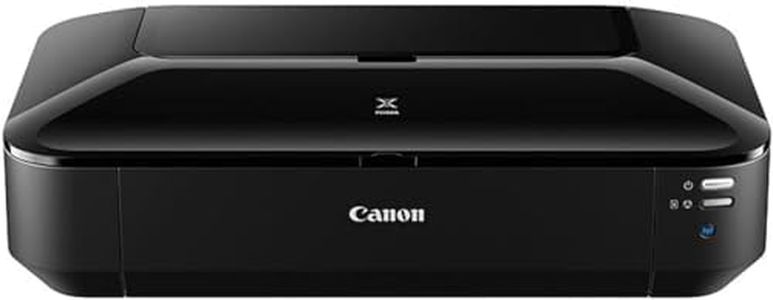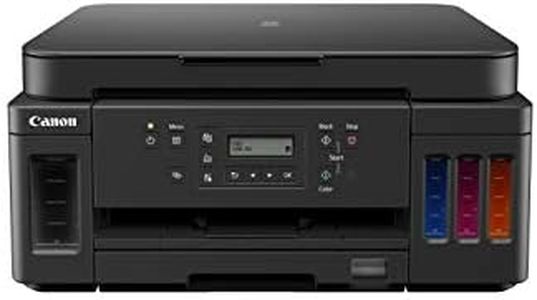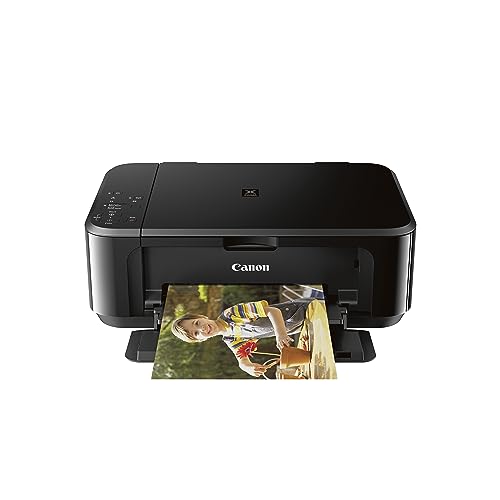We Use CookiesWe use cookies to enhance the security, performance,
functionality and for analytical and promotional activities. By continuing to browse this site you
are agreeing to our privacy policy
10 Best Canon Printers
From leading brands and best sellers available on the web.Buying Guide for the Best Canon Printers
Choosing the right Canon printer involves understanding what you plan to use it for, such as printing photos, documents, or a mix of both. Think about the volume of printing you expect, whether you need features like scanning or copying, and if you'll be printing wirelessly from multiple devices. Paying attention to the key specifications will help you select a printer that matches your regular tasks and avoids frustration down the line.Print TechnologyPrint technology refers to how the printer produces images and text on paper. The most common Canon options are Inkjet and Laser. Inkjet printers excel at printing high-quality photos and color documents, making them great for homes or creative work. Laser printers are typically faster and better for large volumes of black-and-white documents, ideal for offices or those who print mostly text. Consider what you print most often: for photos and color, pick inkjet; for high-speed text and long-term use, laser may be better.
Print ResolutionPrint resolution, measured in dots per inch (dpi), indicates how detailed and sharp the print output will be. Lower resolutions like 600 x 600 dpi are usually sufficient for text documents, while higher resolutions like 4800 x 1200 dpi are better for colourful images and photographs. If you're printing mostly standard paperwork, average resolution is fine. For crisp graphics and photo printing, look for printers with higher dpi specifications.
Print SpeedPrint speed, measured in pages per minute (ppm), tells you how quickly a printer can produce documents. Entry-level printers might offer around 7-10 ppm, suitable for occasional printing. Mid-range models may provide 15-20 ppm, good for regular home or small office use. High-volume environments might require speeds over 25 ppm. If you only print occasionally, speed may not matter as much, but frequent or bulk printers will benefit from a faster device.
Connectivity OptionsConnectivity options determine how you can send print jobs to your printer. Common choices are USB (for direct connection to one computer), Wi-Fi (for wireless printing from multiple devices), and sometimes Ethernet (for networked office setups). Many Canon printers also support mobile printing through apps or cloud services. If you want to print from phones or tablets, wireless capabilities are very important; for simple setups, USB may be enough.
All-in-One FeaturesAll-in-one features refer to the ability to scan, copy, and sometimes fax in addition to printing. If your work or studies require digitizing documents or making copies, an all-in-one device is practical. If you simply need to print, a basic printer will be more compact. Think about your regular tasks; if you frequently work with paper documents beyond just printing, all-in-one functionality adds versatility.
Paper HandlingPaper handling covers how much and what types of paper the printer can take at once. Entry-level printers may have smaller trays, holding about 50-100 sheets, best for occasional use. Higher-end models can handle 200+ sheets and may support multiple paper sizes or specialty papers (like envelopes or photo paper). If you print lots of pages or need to handle different paper types, a larger and more flexible paper tray is helpful.
Cartridge SystemThe cartridge system refers to how the printer uses ink or toner. Some use combined color cartridges, while others use individual tanks for each color. Individual tanks can be more economical, since you only replace the color that runs out. For occasional use, either is manageable, but for frequent color printing, separate cartridges help control costs and reduce waste.
